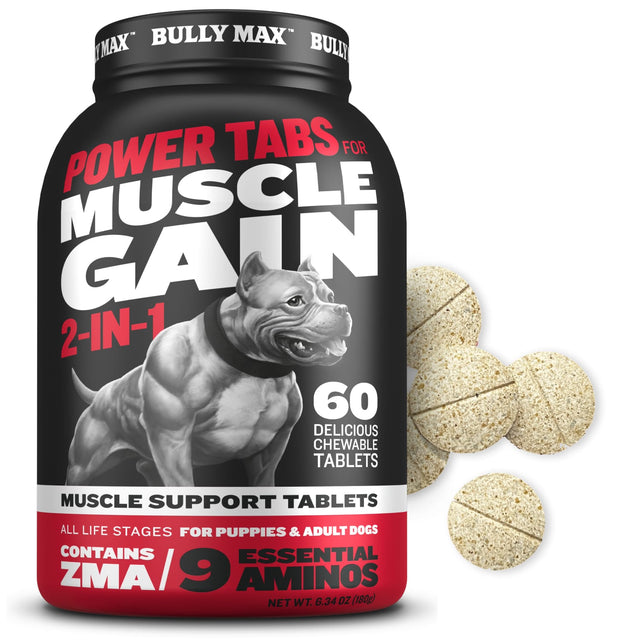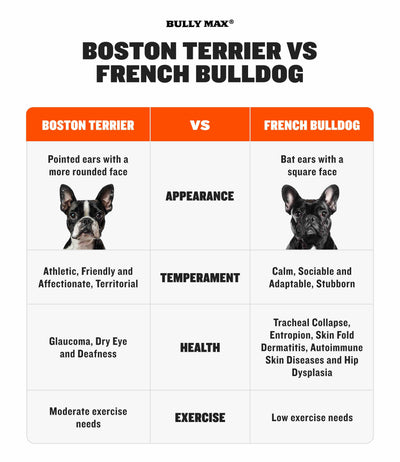Dog Weight Chart: How to Determine Your Dog's Ideal Weight
How to determine your dog's ideal weight
There's not a set rule on what a certain breed should weigh. Going by only the "Breed Standard weight" can be completely inaccurate. Within every breed, there are dogs that are naturally smaller and naturally larger than the breed standard.
That being said, it's best to evaluate your dog and determine whether your dog needs to add weight, lose weight, or is currently at their ideal weight.
By using the weight chart below, you can determine your dog's condition score. Depending on where they stand, you may need to increase or decrease their calorie intake.
How to determine your dog's activity level
Overweight: You can determine if your dog is overweight by using the chart shown above. If you have determined your dog is overweight, we recommend increasing your dog's activity level and/or reducing their calorie intake.
Senior: Since dogs are classified as seniors at different ages, depending on their breed, we recommend visiting the following website: Is your dog considered a senior dog?
Inactive: Dogs that are inactive are typically low energy breeds, senior dogs, dogs with arthritis, as well as any dog that spends the majority of the day resting.
Typical: Walks 2-3 times per week (15 - 20 minutes walks). Plays an average of an hour a day. Is up and moving frequently throughout the day.
Active: If your household has multiple dogs or a child/children, your dog will likely remain active much longer than they will resting. Daily walks (45 minutes to an hour). Plays quite frequently (tug, fetch, runs with dogs at dog parks, ect.).
Highly active: Highly active dogs take daily walks for longer than an hour. They also remain active the majority of the day. They play intensely and play often. If your household has a child, multiple children, or multiple dogs, this can contribute to a high actively level as well.
Working Dog (light duty): Light duty working dogs are dogs that exercise daily using exercise tools such as the treadmill, flirt pole, or spring pole. Aside from workouts, they also take daily walks (45 minutes to an hour).
Working Dog (moderate duty): Moderate duty working dogs include dogs that partake in the following activities 2-3 times per week: swimming, running on treadmills or slatmills, and exercise using one or more of the following exercise tools: the spring pole, the flirt pole, weight vests. Aside from the exercises listed, they also take daily walks for an hour or longer.
Working Dog (heavy duty): Heavy duty working dogs participate in sports that burn a significant amount of calories for multiple hours a day. Some of these activities include but are not limited to sled racing, weight pulling, schutzhund, and dock diving. If your dog has built up a significant amount of stamina and is able to run on the treadmill or slatmill for multiple hours daily, they would also fall into the heavy duty working class.












